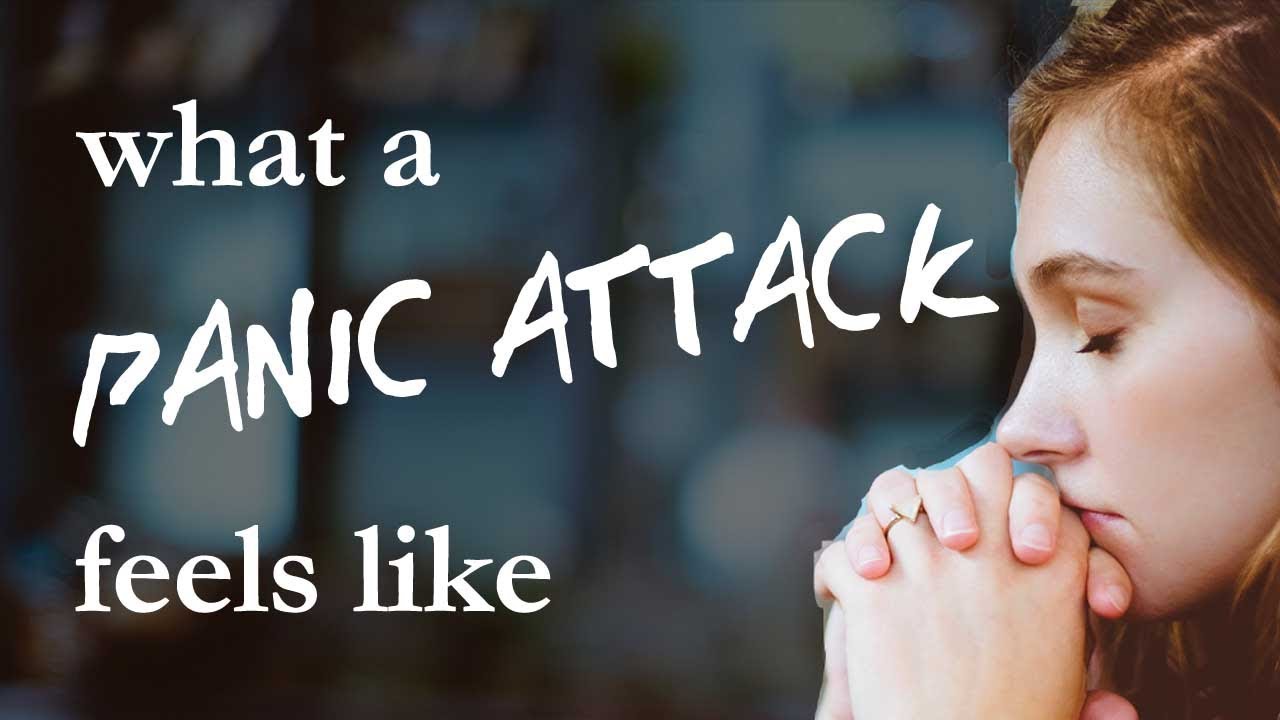Anxiety and panic attacks are common mental health issues that affect millions of people worldwide. Although there are various treatments available, exercise is one of the most effective ways to reduce anxiety and avoid panic attacks. Exercise benefits both physical and mental health, and it works wonders for reducing stress and tension, improving mood, enhancing self-esteem, and boosting cognitive function.
1. Understanding Anxiety and Panic Attacks
Anxiety is a natural response to stress that everyone experiences from time to time. It is a feeling of apprehension, fear, or uneasiness about something that is about to happen or might happen in the future. However, when anxiety becomes excessive, it can lead to panic attacks, which are sudden and intense episodes of fear and physical symptoms, like chest pain, sweating, nausea, and dizziness.
2. How Exercise Helps to Reduce Anxiety and Panic Attacks
Exercise has numerous benefits for mental health, particularly for reducing anxiety and avoiding panic attacks. Exercise releases endorphins, which are natural chemicals that improve mood and reduce stress and tension. It also reduces the levels of cortisol, which is a stress hormone that contributes to anxiety and panic attack (napadaj panike). Exercise also improves sleep quality, which is essential for mental health and cognitive function.
3. Types of Exercise for Reducing Anxiety and Avoiding Panic Attacks
There are various types of exercise that are effective for reducing anxiety and avoiding panic attacks. Aerobic exercise, such as running, cycling, or swimming, is particularly beneficial for improving cardiovascular fitness and releasing endorphins. Yoga and mindfulness exercises, such as meditation and tai chi, can also be effective for reducing stress and anxiety. Strength training and resistance exercise can also improve mood and reduce anxiety and depression.
4. Tips for Incorporating Exercise into Your Daily Routine
Incorporating exercise into your daily routine can be beneficial for reducing anxiety and avoiding panic attacks. However, it can be challenging to find time and motivation to exercise regularly. Here are some tips for incorporating exercise into your daily routine: set realistic goals, find an exercise buddy, try new activities, vary your routine, use technology and apps, and celebrate your achievements.
5. Other Lifestyle Factors for Reducing Anxiety and Avoiding Panic Attacks
Exercise is one of the most effective ways to reduce anxiety and avoid panic attacks, but other lifestyle factors can also contribute to mental health and wellbeing. These include: maintaining a healthy diet, getting enough sleep, minimizing alcohol and caffeine intake, managing stress, practicing relaxation techniques, and seeking support from family and friends or mental health professionals if necessary.
Conclusion:
Exercise is a powerful tool for reducing anxiety and avoiding panic attacks. It releases endorphins, reduces stress and tension, improves mood, enhances self-esteem, and boosts cognitive function. Incorporating exercise into your daily routine can be challenging, but it is worth the effort. By setting realistic goals, finding an exercise buddy, trying new activities, and celebrating your achievements, you can make exercise a routine part of your life. Remember also to consider other lifestyle factors, such as diet, sleep, and stress management, to improve your mental health and wellbeing.
Learning Relaxation Techniques Such as Progressive Muscle Relaxation, Meditation, and Breathing Exercises to Help Reduce Stress Levels and Manage Anxiety or Panic Attacks
